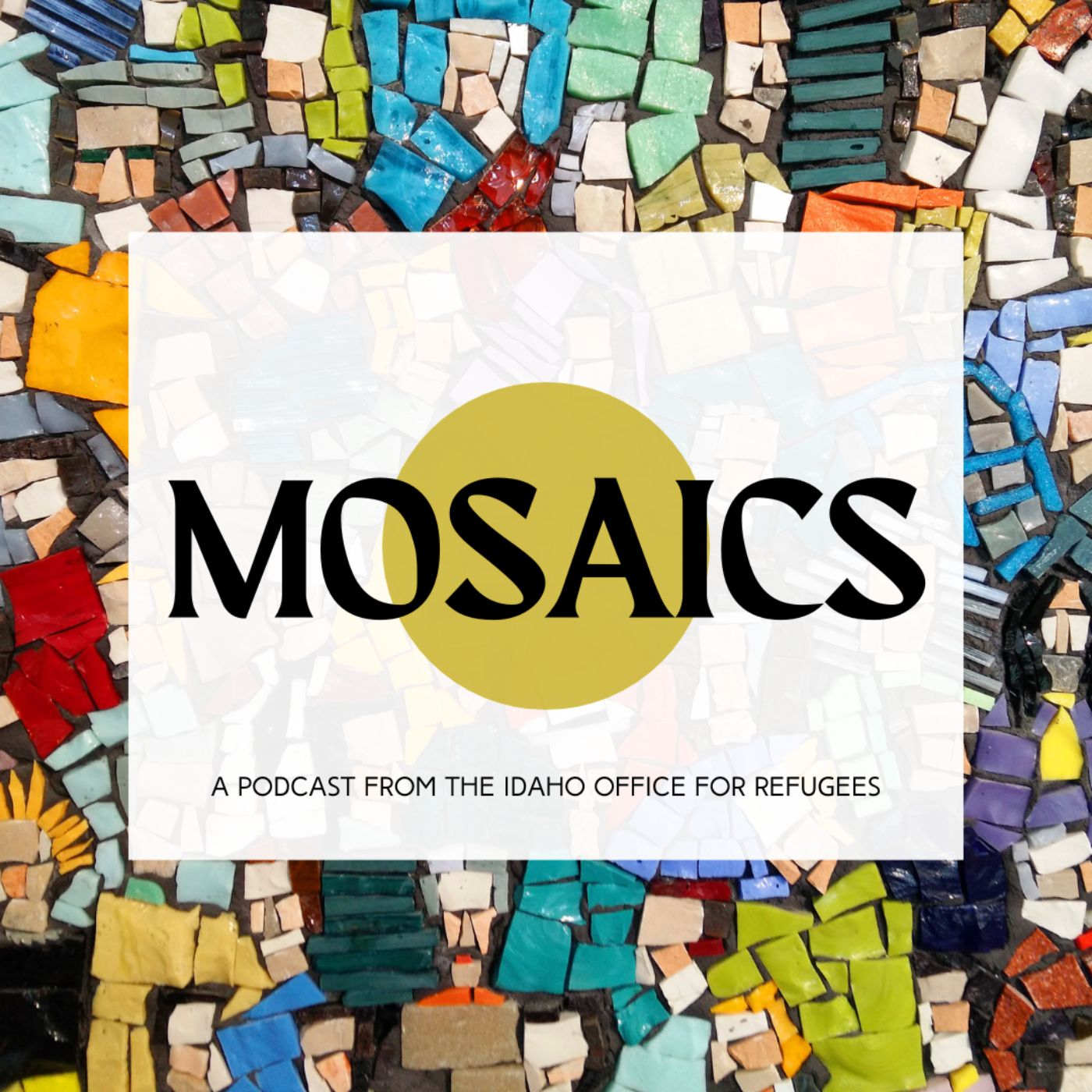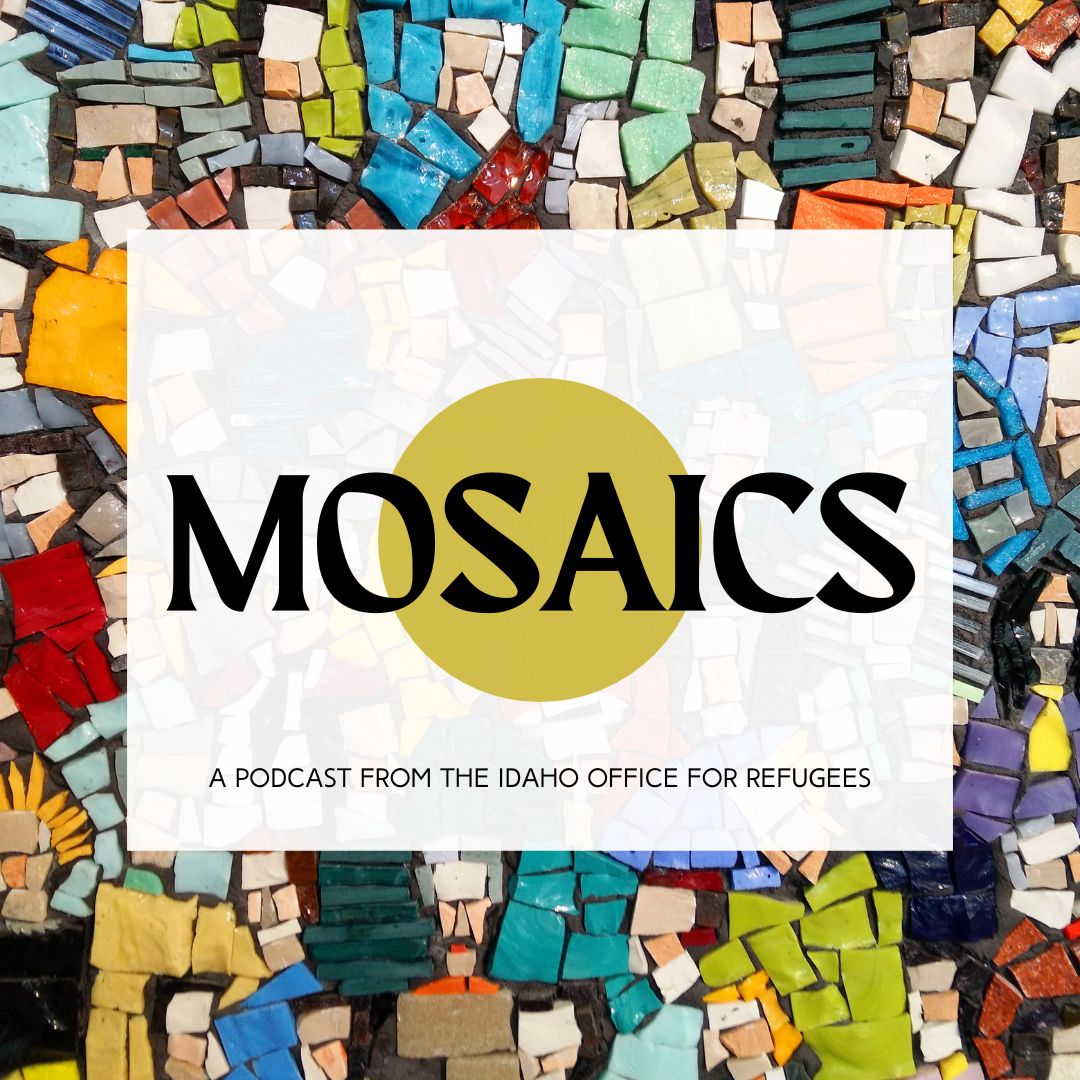Something most Idahoans can unite around is our disdain for goatheads, also known as puncturevine. These lovely plants came to Idaho in the 1800s on sheep and livestock and have been piercing heels and paws and popping bike tires ever since.
Often people who relocate to Boise through the refugee resettlement program don’t have a car right away, so bikes are a crucial form of transportation. For them and other community members, a flat tire isn’t just a nuisance, it’s a barrier to getting to work or appointments or the grocery store.
The problem is so ubiquitous that the Boise Bicycle Project has even created a bike parade and festival called the Goathead Fest that inspires people to get out and become weed warriors, working together to clear as much of this invasive plant as we can.
And now, thanks to a partnership between the city of Boise and Boise State University, researchers have created a new hot-spot map (goatheadmap.com) to help us know where the biggest problems are.
Today’s guest is Richard Rachman, a plant ecologist, doctoral student at BSU, and one of the researchers on that team. He’s here to share with us his team's findings and how each of us can play a role in creating a more equitable city for all cyclists and pedestrians.
You can find Richard on Instagram: @a_wandering_ecologist
And be sure to check out Goathead Fest on August 19 (www.boisegoatheadfest.com), where you can meet Richard and the Idaho Office for Refugees team.

The deep polarization of our time can feel overwhelming. On today's episode, we'll explore how to move from hostility to hospitality. That's the title...

Andrew Nemr is an international performer, speaker, author, and teacher. His parents are originally from Lebanon, and in 2015 when civil war escalated in...

The Ukrainian Welcome Center in Nampa has served more than 700 people displaced by the war in Ukraine. The center's Executive Director Tina Polishchuk...